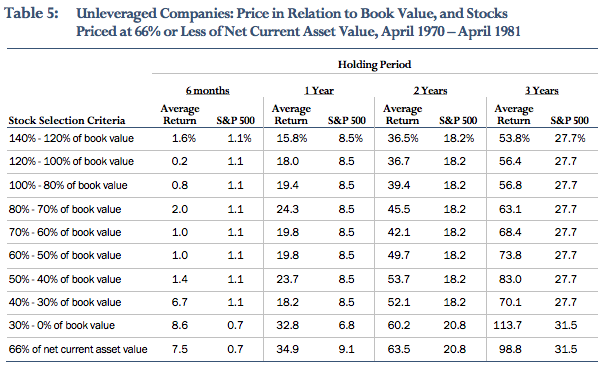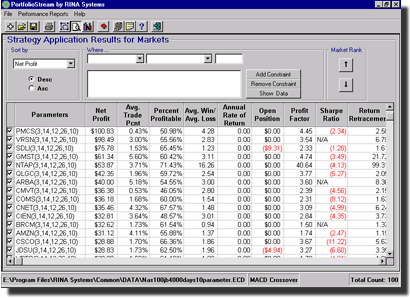Turbocharge Your Portfolio
Post on: 13 Июнь, 2015 No Comment

Originally published in
Mar 2012
Want to give your investment returns a boost? Leverage could be just what you’re looking for. Just make sure you know the risks.
Every handyman knows you can’t tighten a nut without using a wrench. It takes a little leverage to get the job done. Leverage can work for you when you’re investing as well. It can magnify your returns in much the same way a wrench magnifies the force you apply to a nut. But watch out: if you apply too much pressure, you’ll snap the bolt. Using leverage to invest can be risky too. Here’s how to make sure that you do it right.
Borrowing for your RRSP
All too often, Canadians file their taxes with loads of unused room in their RRSPs. If that’s you, then it might be time to apply some leverage to your RRSP account. Let’s say you’re eligible to contribute $18,000, but you only have $5,000 saved up. In order to max out your RRSP contribution, you borrow the difference—in this case $13,000. If you’re in the top tax bracket, you’ll get a $6,000 tax refund, which you can immediately use to pay down the loan. That leaves you with just $7,000 to pay off. “In general, leverage should not be part of a retirement strategy,” says Rona Birenbaum, a certified financial planner with Caring for Clients in Toronto. “But loans to fund your RRSP are okay—as long as you pay them back within a year.”
What’s the best way to repay an RRSP loan? In addition to applying your refund against the loan, Birenbaum recommends the disciplined approach of setting up automatic monthly payments to take care of the rest. Your goal should be to pay down the loan in a year—or less.
While using cash is still the best strategy for contributing to your RRSP, a short-term top-up loan can help you reach your retirement goals faster, as long as you’re responsible with credit.
Borrowing to invest long-term
Using leverage to invest can help boost your long-term returns too, but it also increases your risk. To use leverage effectively, you need to do a few things right. First, you should have a reasonably good level of knowledge about finance. It also helps if you have experience investing in stocks or mutual funds. You should also be in great financial shape: your mortgage should be paid off, you should be debt-free and your RRSP and TFSAs should be topped up.
Talbot Stevens, a financial author and educator, suggests a few key points to ensure your strategy is successful. “Your plan should include mostly equities, but not the most aggressive ones and certainly nothing beyond your risk tolerance,” he says. “Use mostly Canadian stocks to avoid currency risk, and aim for a 10-year time frame to give your strategy the time it needs to be successful. Consider picking dividend-paying stocks to subsidize the interest costs.”

Following those guidelines does an important thing: It minimizes the risk of getting emotional and doing something hasty that threatens your returns if stock markets fall and prices start heading lower. “People often leverage without fully understanding the downside,” says Al Feth, a fee-only adviser in Waterloo, Ont. “It can be really severe and you can get really unlucky. Make sure you understand that before risking money you don’t have.”
One of the benefits of leveraging is that when you borrow to invest outside of a registered account such as an RRSP, you can deduct the interest cost from your taxes. If you have a marginal tax rate of 40%, for example, a 7% loan costs you only 4.2% after taxes. To lower your risk as much as possible, you should consider using a dollar-cost-averaging strategy when purchasing, which will spread out your buys over a long time horizon. This will help ensure you are buying more shares when prices are low, and fewer when prices are high.
The type of loan you choose is also important. You want a low-interest loan with flexible payback options. A good place to begin is with a home equity line of credit. These loans are accessible, have few payback restrictions and typically offer the lowest available rates. That’s important, because for leverage to work effectively, you want to get a higher return on your investments than you are paying in interest on the loan. That why leveraging works best with stocks—borrowing to invest in lower-yielding GICs or other fixed-income investments isn’t a good bet.
To appreciate the risks involved, remember that if the market crashes and you lose everything, you still have to repay your loan—which means you can actually lose more cash than you contribute up front. That’s why borrowing to invest in equities is best left to experienced investors who are comfortable with increased risks. “Only borrow as much as you can afford to pay the interest on in good times and bad,” says Rona Birenbaum. “Ask yourself, ‘In a down market, will I still be able to make my interest payment?’ You need to avoid selling in a panic at all costs.”
Before attempting any investment strategy involving leverage, consult with an adviser as well as a tax expert to make sure you fully understand the risks.














